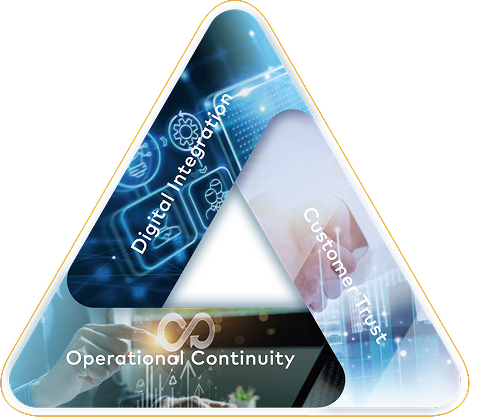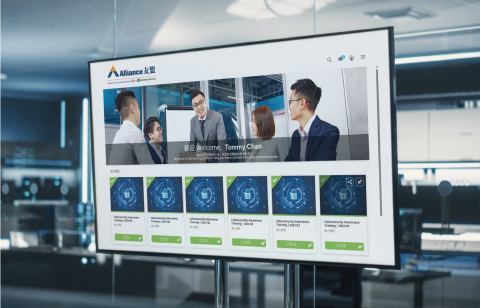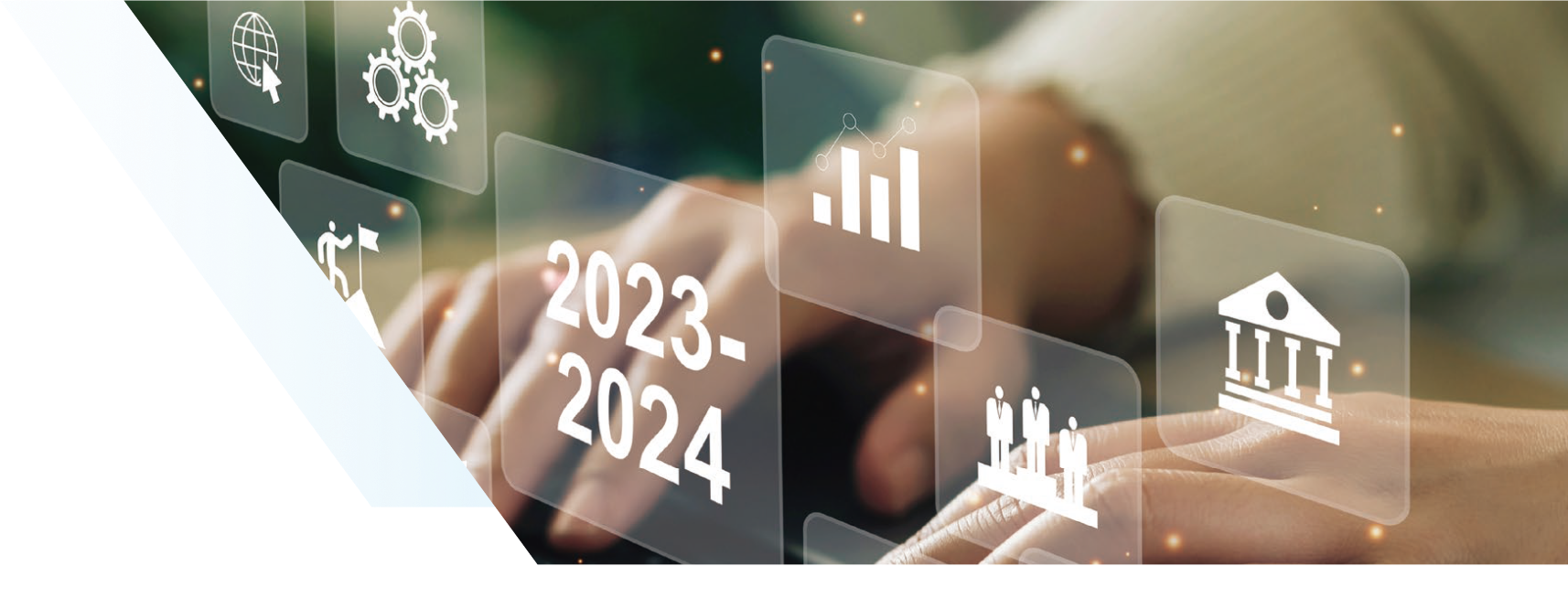Governance in Sustainability
Alliance's Cybersecurity Commitment in 2023-2024
In an era where digital transformation drives business innovation, cybersecurity has emerged as a cornerstone of our IT corporate governance and sustainability at Alliance. As a leading construction materials company in Hong Kong, Alliance recognizes that robust cybersecurity practices are not just about protecting data; they are integral to maintaining operational integrity, preserving customer trust, and ensuring the longevity and sustainability of our business operations.

1. The Importance of Cybersecurity to Governance and Sustainability:
- Digital Integration: With the rapid development of digitalization apps and seamless integration with customers, cybersecurity forms the backbone of our digital ecosystem. Ensuring the security of these platforms is crucial for uninterrupted service delivery and customer satisfaction.
- Customer Trust: The trust of our customers is paramount. By safeguarding their data and interactions with our services, we not only comply with regulatory requirements but also build a reputation for reliability and security, which is vital for long-term customer relationships.
- Operational Continuity: Cybersecurity threats can disrupt business operations, leading to financial losses and damage to brand reputation. Effective governance through cybersecurity measures ensures that Alliance can continue its operations smoothly, even in the face of cyber threats.


2. Major Threats Identified
Throughout 2023-2024, Alliance has actively monitored and responded to several cybersecurity threats.
- Phishing Attacks: Increasingly sophisticated, these attacks aim to deceive individuals into revealing sensitive information or installing malware.
- Ransomware: This remains a significant threat, with potential to lock out companies from their own data, demanding ransom for access, compromising data security and disrupting business operations.
- AI-Driven Cyber Threats: As artificial intelligence evolves, so do cyber threats, with AI being used to automate and enhance the capabilities of malicious software.
3. Our Actions in Addressing Cybersecurity Risks
In response to these threats, Alliance has implemented several strategic initiatives during 2023-2024.

Secure Cloud-Based Platforms
BSI Kitemark Security Certification
Bug Bounty Programs
Staff Training on Cybersecurity
Next-Generation Firewalls
- We've migrated critical operational systems to secure, cloud-based platforms equipped with multiple redundancies and resilience features. This not only enhances security but also ensures business continuity in case of a cyber incident.
- Our customer-facing apps have undergone rigorous testing to achieve the BSI Kitemark for security, offering an additional layer of assurance to our users regarding the safety of their data and transactions.
- Alliance has joined forces with the cybersecurity community by participating in bug bounty programs. This proactive approach invites ethical hackers to identify vulnerabilities, thereby strengthening our defences.
- Recognizing that human error often leads to security breaches, we've intensified our training programs. Employees are regularly educated on the latest cybersecurity threats, with a special focus on different types of phishing attacks and AI-driven threats, ensuring they remain vigilant and informed.
- At our production plant offices and sites across our network, we've implemented next-generation firewalls. These advanced systems offer improved threat detection and prevention capabilities, providing a robust defence against unauthorized access and sophisticated cyberattacks.
Alliance's commitment to cybersecurity governance is not just about compliance but is a strategic imperative for sustainability. By integrating cybersecurity into our governance framework, we not only protect our digital assets but also reinforce our resilience, ensuring that we can continue to innovate and serve our customers securely into the future. Our actions in 2023-2024 reflect our dedication to not only address current threats but also to anticipate future challenges, aligning with our broader sustainability goals to safeguard our operations, our stakeholders, and the environment in which we operate.



